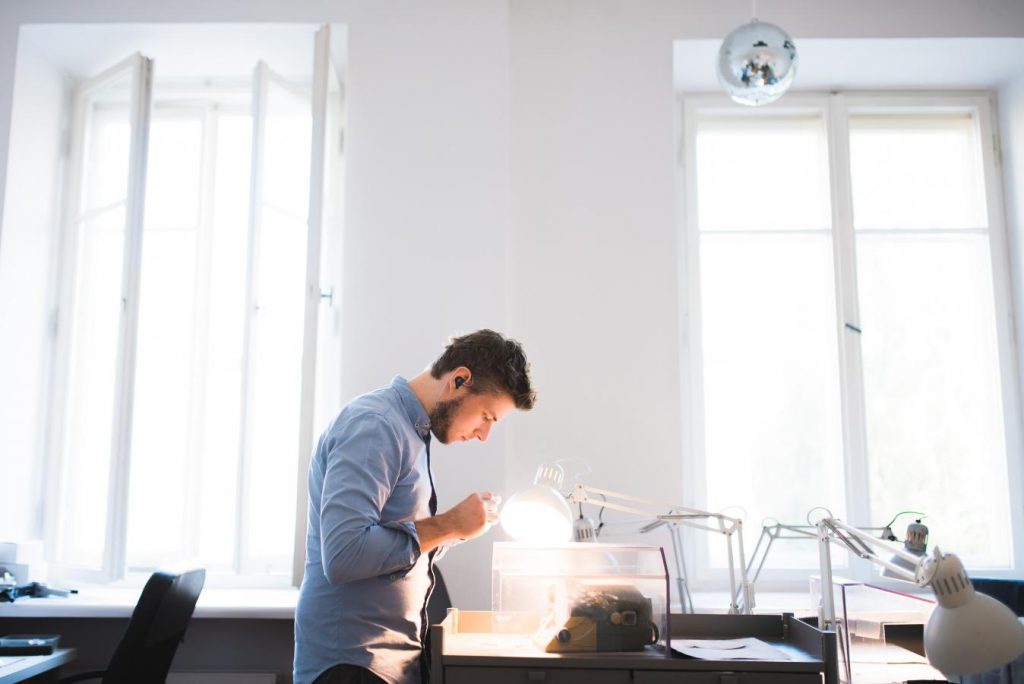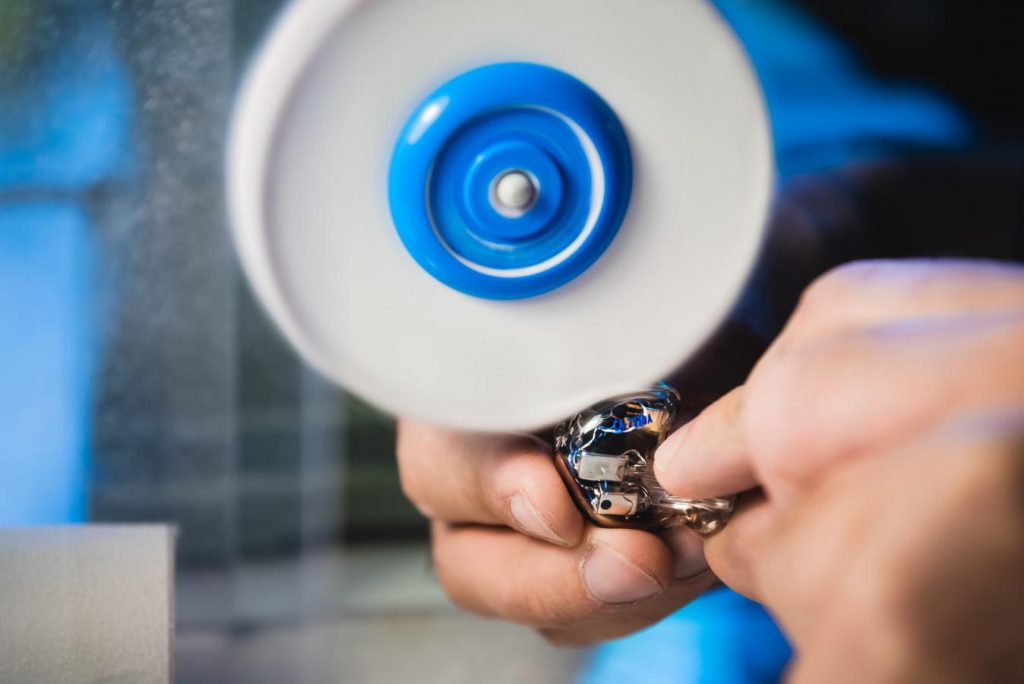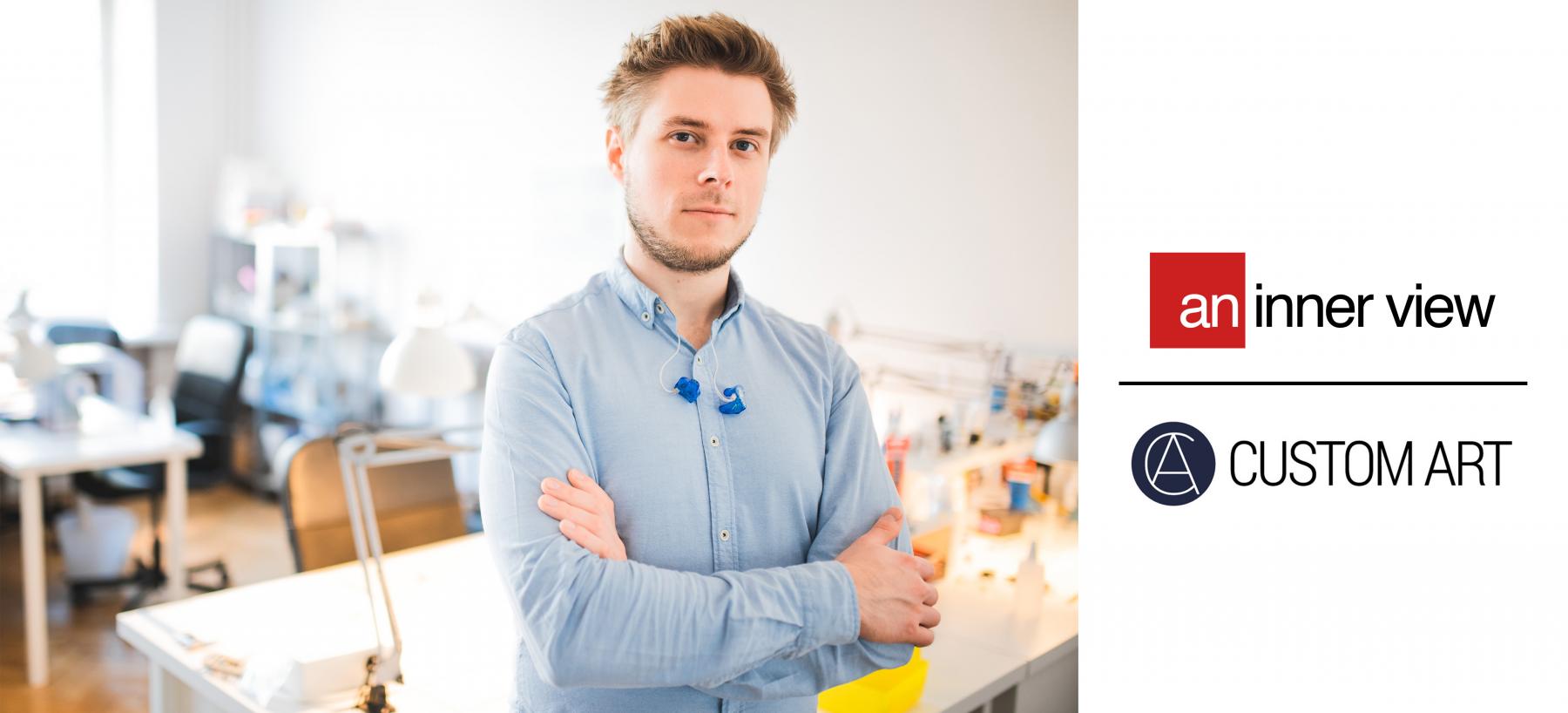Introduction
Ladies and gentlemen, welcome back to An Inner View! This is a programme where I interview manufacturers across the globe and offer you an inside look at their thoughts on the industry, the hottest trends, upcoming launches and more! On today’s instalment, I talk to Custom Art’s very own Piotr Granicki. From his humble beginnings roaming DIY IEM threads on Head-Fi, he’s spent the past 7 years dominating the sub-$1000 space with state-of-the-art in-ears that don’t break the bank. And, if this episode is any indication, he’s only just beginning. Without further ado, this is An Inner View.

Page 1: Introduction, From Where We Left Off…
Page 2: Custom Art (Literally), FIBAE and Growth…
Page 3: The FIBAE Black, Acoustic Tuning…
Page 4: Past, Present and Future Technologies, Consumers Professionals and You…
Page 5: The FIBAE 4, Closing…
From Where We Left Off…
The history of Custom Art is pretty much public knowledge at this point. You’ve covered it in tons of interviews – including one with jelt2359 for his review of the original Harmony 8 Pro – so I’d like to know about more recent developments; say, from the past couple years.
How have your team grown? Who make up your team and what do they do?
Custom Art had started as a one-man-show with only me for the first year-and-a-half. After that, work started to pile up and I needed to delegate more and more work to other employees. There are currently 11 people involved in Custom Art’s operations, more than half of which is dedicated to production alone. We doubled our staff in 2018 and we plan on further expanding in 2019.

I noticed you’ve moved to a new lab as well. Does that mean new equipment?
Yes! We invested in 3D-printing with state-of-the-art, industrial, DLP printers and 3D scanners. We also upgraded some of our older equipment with newer and better ones. We’ve done all of that to speed up production whilst also improving quality.
It’s been a few months since you acquired the 3D printers. Have you transitioned any of your processes toward there?
Yes, we have already fully transitioned with silicone production to 3D. The Black series also will be a 3D-printed product. Some universal fit orders are also already 3D-printed. It’s a long learning curve, but we are getting there.

What advantages and/or disadvantages have you discovered with it so far?
Advantages are in production speed and fitting of the final product. It also allows customers to e-mail ear scans, rather than ship ear impressions. That saves time and cost of shipping.
For now, overall disadvantage is in inflexibility of visual design. The colour range is limited and the shell has to be single coloured.
A lot of ground has been covered regarding 3D-printing acrylic, but as an expert in the silicone realm as well, how has it been reacting to the new process(es)?
Great, actually! It removed a few steps from our production method, which translates to dramatically improved production speeds. It also improved the look of our IEMs.



